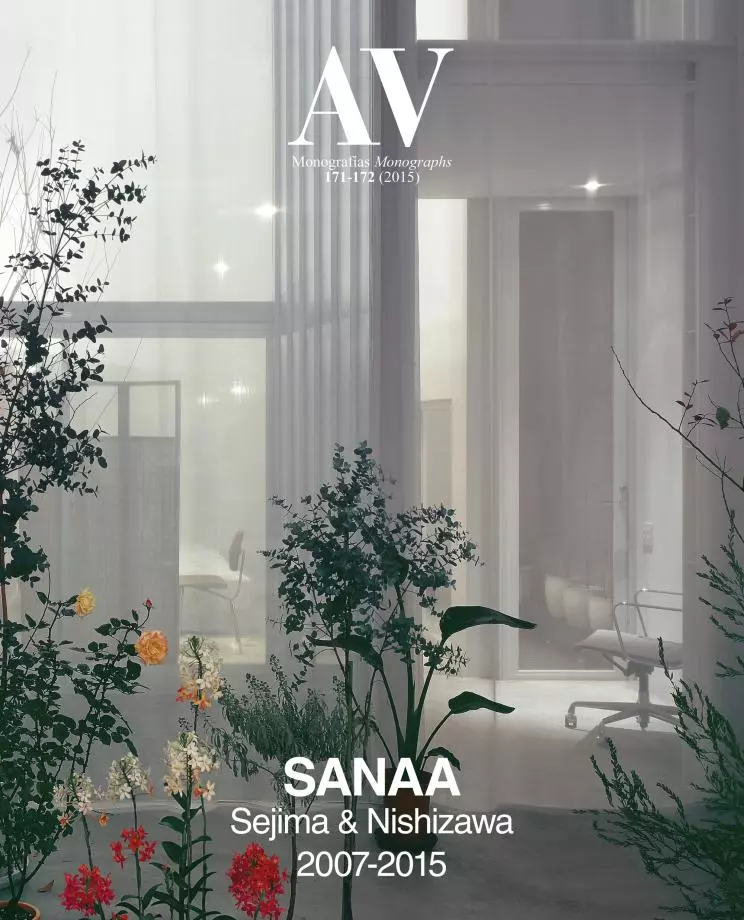True Illusions

Interpreting the oeuvre of SANAA from its Japanese roots is inevitable and insufficient. Inevitable because both its exquisite elegance and its technical subtlety are inseparable from the cultural and material sophistication of the archipelago: when the partners picked up the Pritzker Prize in 2010, Sejima mentioned only two people in her acceptance speech, her mentor Toyo Ito – who received the prize three years later – and her structural engineer Mutsuro Sasaki, intellectual and technical supports of this ethereal architecture, which blurs the limits between building and nature, the real and the virtual. But also insufficient because the office’s growing international presence has fertilized its initial intentions with the experience of aesthetic and professional contexts very different from the Japanese, both in the US and in Europe, where they have in any case built without ever giving up their visionary and radical approach, which puts the expectations of their clients to the test. Indeed, all the SANAA works published here are located outside Japan, and the ones in the country are those designed independently by Kazuyo Sejima or Ryue Nishizawa – in that unique organization of the office that divides authorship into three different studios –, and usually also the smallest ones, residential comissions or art pavilions.
Though it is indeed possible to find differences between the production of the three studios, the truth is that they all share the qualities commonly related to the work of the office: a lyrical immateriality and an implausible lightness that seems to defy the laws of statics with slender pillars and thin enclosures; a stripping of the programs and a reductive interpretation of needs beyond the limits of functional pragmatism; and a radical dissolution of form through illusionist mechanisms that mask their spatial and structural condition. The result is a series of deceptively simple works that push us out of our comfort zone and into a field of empathy with nature and endless landscapes, of bodies that glide and shadows erased to the edge of disappearance. But this architecture does not simply vanish with smoke and mirrors, but with a vast constructive and perceptive intelligence, that turns its dazzling magic into a higher form of reality: these true illusions enrich us all, and those who have had the chance to visit the Rolex Learning Center in Lausanne or the Lens branch of the Louvre – because these are works that cameras do not really pay justice to – have surely felt moved by the poetic splendor of a weightless oeuvre that hovers hesitantly between East and West.
Luis Fernández-Galiano





